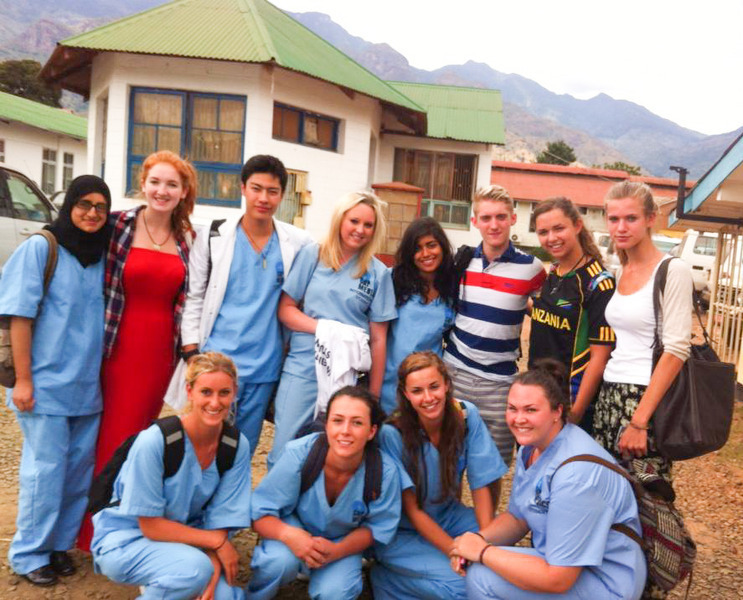If you would like to go attend medical school, but may not have met the requirements for admission to a medical school in the United States, you still have excellent options outside the country that are fully accredited by standards in the U.S. There are several medical schools, especially in the Caribbean, that offer top facilities, excellent professors and give you the skills you need to pass United States Medical Licensure Examinations (USMLE).
School of Medicine
Students have the opportunity to take two-year pre-clinical courses and training that will prepare them for a U.S. residency program. High school graduates can enter a pre-med program that will prepare them to enter the MD courses at that particular university without the necessity of obtaining a bachelor’s degree.
Students participate in clinical rotations, mostly in the U.S. where third-year students work directly with doctors in hospitals. They transition through a wide variety of clerkships, including surgery, internal medicine, pediatrics, family practice, obstetrics and gynecology and psychiatry. They usually spend between six to 12 weeks in the field.
School of Nursing
There are also programs outside of the U.S. for students to earn a Baccalaureate of Science in Nursing (BSN). There is a critical shortage of graduate registered nurses all over the world, and courses may include natural science, mathematics, socio-behavioral science, ethics, human anatomy and humanities. Programs are often three years. Graduate registered nurses are in a position to hold leadership roles in the healthcare industry.
Medical schools outside the borders of the U.S. also may offer English as a Second Language (ESL) courses to help students enter the medical profession. They study grammar, speaking, reading and writing as well as listening, which is so important in the healthcare profession. Some universities also offer a Bachelor’s of Science degree in chemistry, biotechnology, pharmacology, information technology biology and other subjects.
People considering applying to a medical school outside of the U.S. will most likely have a better chance of acceptance than if they applied in the U.S. Many U.S. medical schools accept less than five percent of applicants, whereas schools outside often accept 35 percent of applicants. In many cases, an MCAT isn’t required. However, if the student has taken the MCAT, he or she may be eligible for financial aid.
For some schools, it may be difficult to match their students to a U.S. residency. However, before selecting the school, the student should find out what help they get from the university and how they match their students. This should be clearly stated on their website.
Students should also be aware that they are living in a different country where there may be social customs they have not encountered before. It’s wise to research the possibilities and apply only to those that are properly accredited and are in a location that has political stability. These universities offer students the chance at a first-rate medical education that otherwise they may not have been able to get.
Originally posted on September 26, 2014 @ 3:37 pm
